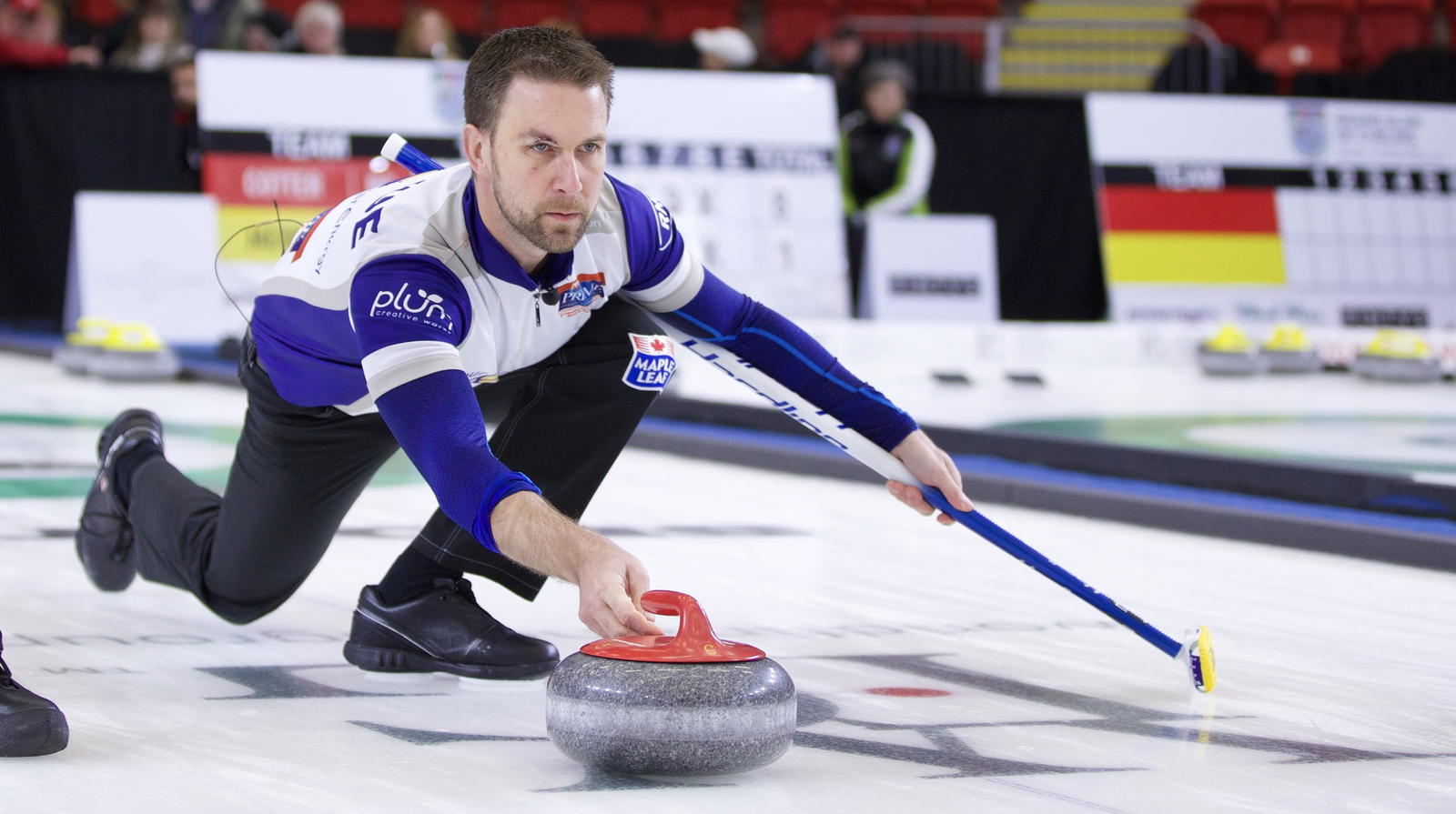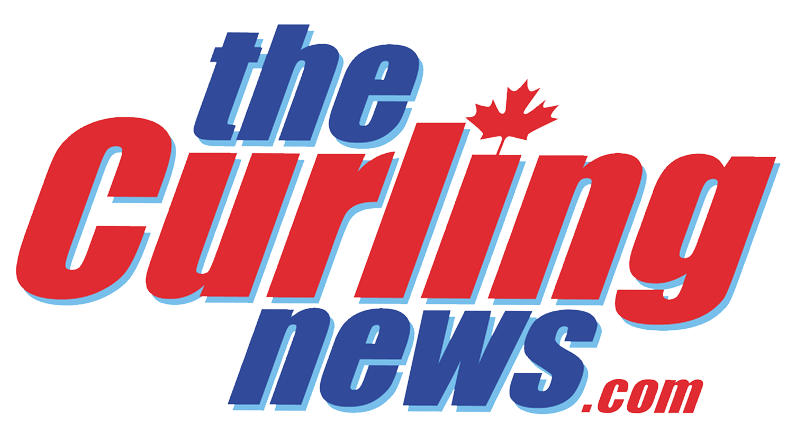
Ten years ago today, Brad Gushue took a bad fall. The incident helped galvanize a movement to promote head protection on curling ice.
Ten years ago today, Brad Gushue took a bad fall. The incident helped galvanize a movement to promote head protection on curling ice.
A decade later, it’s common to see head protectors in use among recreational curlers, particularly seniors.
It was the fourth end at the 2015 Masters Grand Slam on Halloween evening in Truro, N.S.
Team Gushue was playing the quarterfinal against Regina’s Steve Laycock, and the St. John’s skip got tripped up with his brush head and fell, face first, onto the ice.

Play on the other sheets stopped. There was dead silence in the arena. Mike McEwen coach Jon Mead rushed over from the adjacent scoreboard area ahead of the event’s first aid responders. Laycock’s front end requested Sportsnet’s TV cameras take a few steps back.
Gushue got stitched up in hospital and made a return to the ice to finish the game – which his squad lost – and was quick to crack jokes about his bruised face. He posted a “shiner selfie” a couple of days later.
But Gushue was later diagnosed with a concussion, and that – plus a hip injury – led to him miss more than 45 games over the next year.
His story has a happy ending, of course, as just 17 months later he won his first of many Brier titles, on home ice in St. John’s – where he’ll wind up his provincial/national career in March.
As a result of Gushue’s incident on live television, the idea that anyone could fall on the ice began to hit home.
Just days earlier, a recreational curler had fallen and struck her head on the ice in Toronto, and died a few days later. Within weeks, the Toronto Star reported that roughly 80 per cent of the club’s curlers were wearing something on their head.

Protective headgear is not mandated by Curling Canada. As a National Sports Organization (NSO), they can’t mandate such directives as each curling club operates independently.
Curling Canada does have a list of recommendations on their website that includes helmets being mandatory for anyone under the age of 12 and strongly recommended for anyone in a Learn-To-Curl program or at a Try Curling Event. The organization also has a full concussion policy.
In the last decade, manufacturers have stepped up with a growing list of products that mix fashion with the need for protection.
Ontario’s Goldline Curling has been a leader in this space. The company not only carries multiple products; they publish annual social media posts offering sympathy to those who have been injured – they could issue such posts almost daily, it seems – and urging curling fans to adopt protective headgear, regardless of which manufacturer they choose.
“At Goldline, we recommend people wear head protection, whether it's from us or not,” said CEO Pete Townshend. “Gushue's fall was a stark reminder that it doesn't matter what level you play at, anyone could fall, so it's important that you protect yourself.”
Winnipeg’s Dynasty Curling worked with University of Manitoba neurologists to develop a protective toque, which saw now-retired competitor Colin Hodgson take a few whacks with a frying pan to display its effectiveness.

Ten years later, Gushue is destined for high-performance retirement and is currently on tour in Switzerland. He’s 2-0 at the Swiss Cup in Basel, following Friday wins over Germany’s Andy Kapp and Italy’s Giacomo Colli.
“The fall” marks a dubious anniversary, to be sure, and the number of curlers adopting protective headgear today is still in the minority.
But progress in this field is being made, and continues today.

